There’s something unnatural about how you’ve been taught to learn all your life.
Consider a typical class. You show up and the professor hands you a syllabus. It lists all the topics you’re going to study. At the end, you’ll take an exam based on that list.
What’s unnatural is that life has no such list.
Learning in real life is always unbounded. You can’t ask, “Will this be on the final exam?” In truth, anything and everything can be tested. That you didn’t prepare for it isn’t life’s problem, it’s yours.
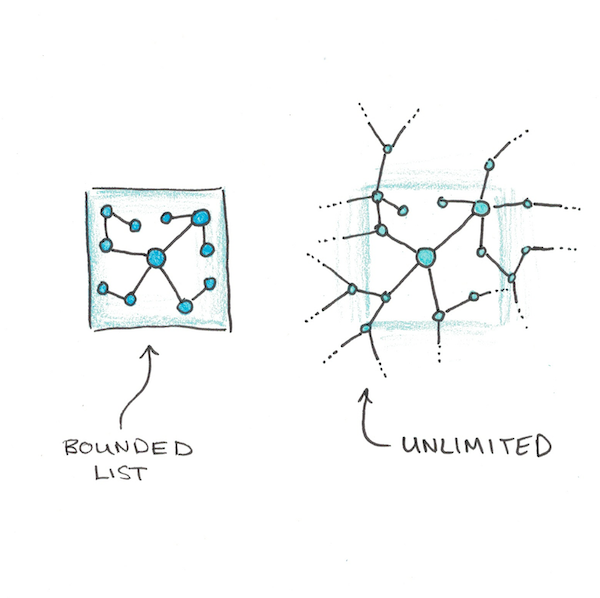
Learning Unbounded Subjects
Learning without bounds is a fundamentally kind of different challenge.
An analogy comes from computer science. When searching for something, there are two strategies you can use: depth-first or breadth-first.
Depth-first works by picking one direction and going deeper and deeper. When that path is exhausted, you back up to the start and begin digging again.
Breadth-first works by fanning out. You first explore your surroundings. If that doesn’t work, you pick one direction and fan out again.
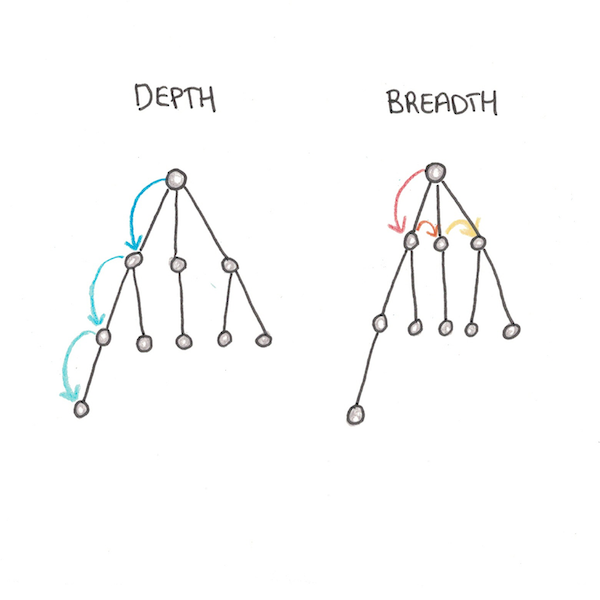
If the space you’re exploring is bounded—like a fenced-off backyard—both approaches will work. Eventually you’ll cover the entire area.
If the space you’re exploring is unbounded—like a vast open plain—this equivalence breaks down. Now, going depth-first, you may head down an infinitely long detour and never find what you’re looking for.
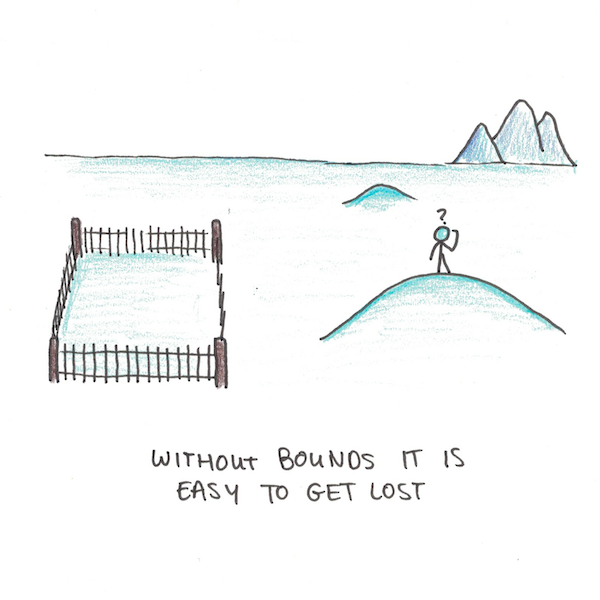
Learning is similar. With a list of topics to learn, and the expectation that you need to learn everything on it, then the path doesn’t matter so much. Anything that covers the entire syllabus will do.
But if you’re learning outside a finite list, for life, different strategies can have wildly different results. Choose poorly and you can get stuck on a path that never leads to your destination.
How to Explore a New Topic Efficiently
Say you want to learn everything useful that could help you grow your business, all the computer science concepts that will make you a better programmer, the words and phrases that let you communicate in a new language—all unbounded topics—what strategy should you use?
In general, we want to learn the most useful, basic and broadly applicable ideas first, only moving onto the esoteric, advanced or specialized later.
But putting these abstractions into practice can be tricky. Here’s three different ways for three different domains:
1. Academic Research: Follow the Citations
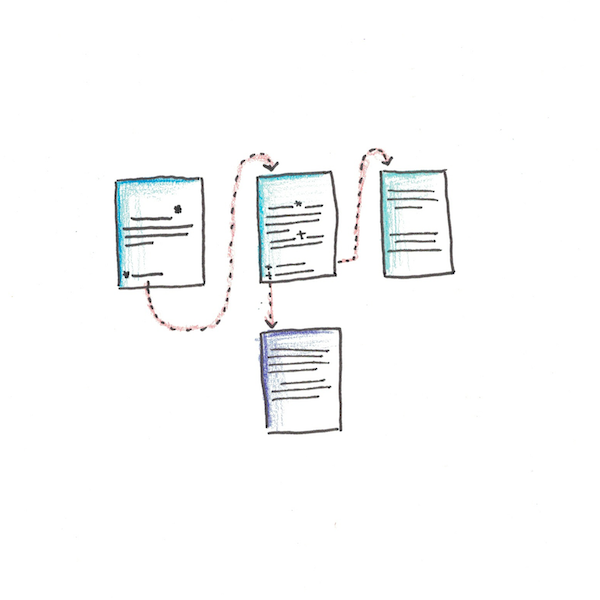
If you’re learning an academic subject, the learning space is going to be papers, books and courses, linked via citations. I’ve found a few strategies helpful for efficient exploration:
- Start with a course or textbook. Designed for learners, these will provide an entry-point that doesn’t always presume prior expertise.
- Move to literature reviews and meta-analyses. For more specific topics, courses might not exist. Reviews and meta-analysis combine many different studies into one, so they can overview a literature before you dig deeper.
- Follow citation trails. After these surveys, follow citations, centering on papers that come up again and again. Heavy citations show a paper is thought by other experts to be more important or foundational than others.
Even a narrow problem can often have tens of thousands of papers. Your search strategy makes all the difference between understanding a field and being baffled by it.
2. Language Learning: Usage and Frequency
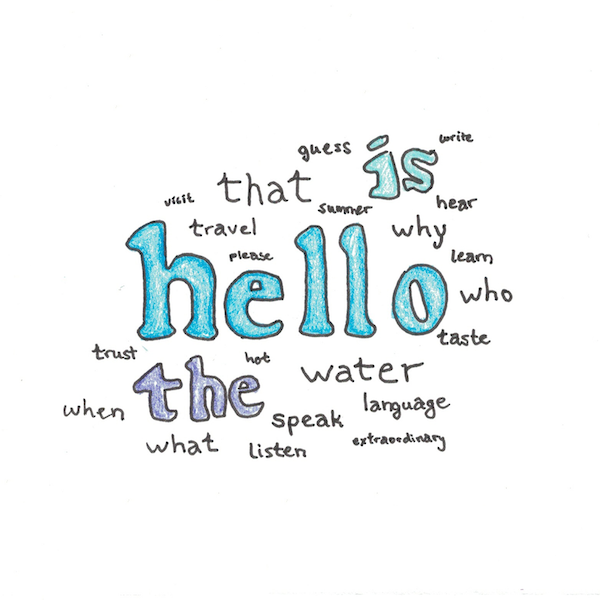
Most languages have tens of thousands of unique words. Including proper nouns, expressions and other linguistic tid-bits, you probably need hundreds of thousands of memorized factoids for native-level fluency.
The order in which you learn these words makes a big difference in your functional abilities. Here’s how to optimize the path:
- Master a few basic phrases to get started. This can be from any source: Pimsleur, Michel Thomas, textbooks or tutoring. This will give you something to play around with.
- Use the language in the setting you care about. If that’s too difficult, pick an “easier” setting that is still close. Real conversations can be substituted with mock discussions using a dictionary. Real books substituted with graded readers.
- Pay attention to any words that come up. Make flashcards to memorize any words that you encounter in the close-to-real situation.
- Supplement these with a frequency list. Frequency lists often focus on small grammatical words, but the knowing the translation to the most common 1000 English words is a good benchmark to be able to hold interesting conversations.
3. Practical Skills: Projects Help Prioritize
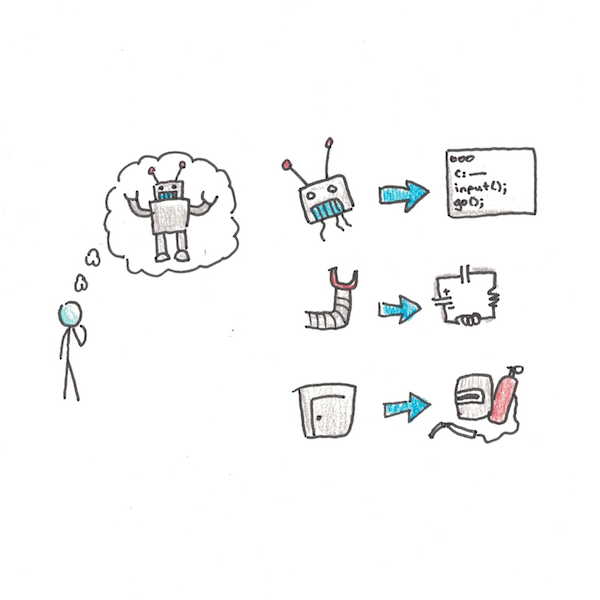
If you’re learning to do or make something, a project can help guide you. This works for programming, business, art and more:
- Pick something concrete you’d like to make. If what you really want to make is too hard yet, start with a toy project that’s smaller.
- Learn anything you need to build it. This is only a rough understanding, not mastery.
- Put topics that come up on a “To-Learn” list. Any time a topic or subject comes up again—bump it to the top.
- Learn your list. Pick the first item and set aside a fixed chunk of time to dig deeper. Then move onto the second item. If an idea you’ve covered needs more depth, add it back to the bottom.
The combination of a project with a list prioritizes what to learn. The project makes sure what you learn stays practical. The list prioritizes everything else and the fixed chunks of time keep you from getting derailed.
Your Homework: Improve Your Search Strategy
Today the homework is simple:
- Pick one thing you’ve been trying to learn.
- Ask yourself how you could improve the order in which you explore it.
- If you’re stuck, compare to the three example strategies above.
- Go to the comments and write one sentence with your answer.
If you have some experience in a domain, feel free to share which ones have worked for you to help those who are just starting out!
For more on this topic, check out my course Rapid Learner.


 I'm a Wall Street Journal bestselling author, podcast host, computer programmer and an avid reader. Since 2006, I've published weekly essays on this website to help people like you learn and think better. My work has been featured in The New York Times, BBC, TEDx, Pocket, Business Insider and more. I don't promise I have all the answers, just a place to start.
I'm a Wall Street Journal bestselling author, podcast host, computer programmer and an avid reader. Since 2006, I've published weekly essays on this website to help people like you learn and think better. My work has been featured in The New York Times, BBC, TEDx, Pocket, Business Insider and more. I don't promise I have all the answers, just a place to start.